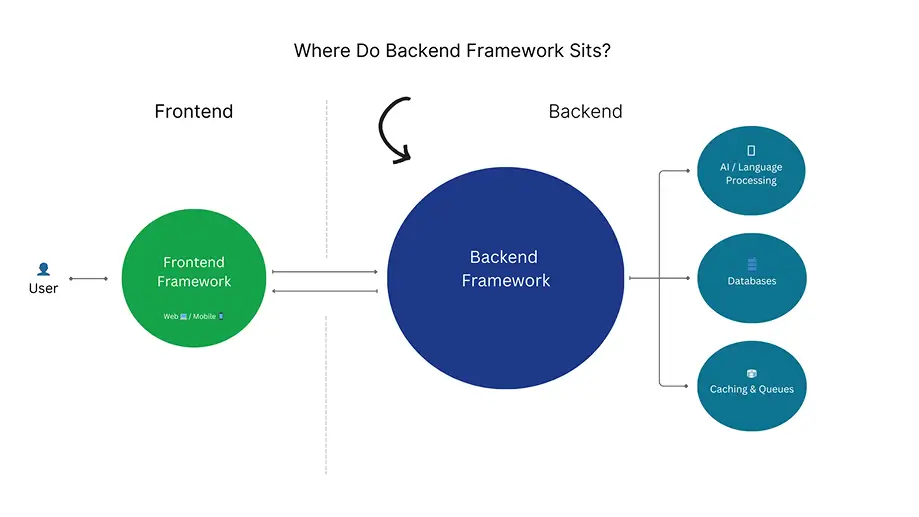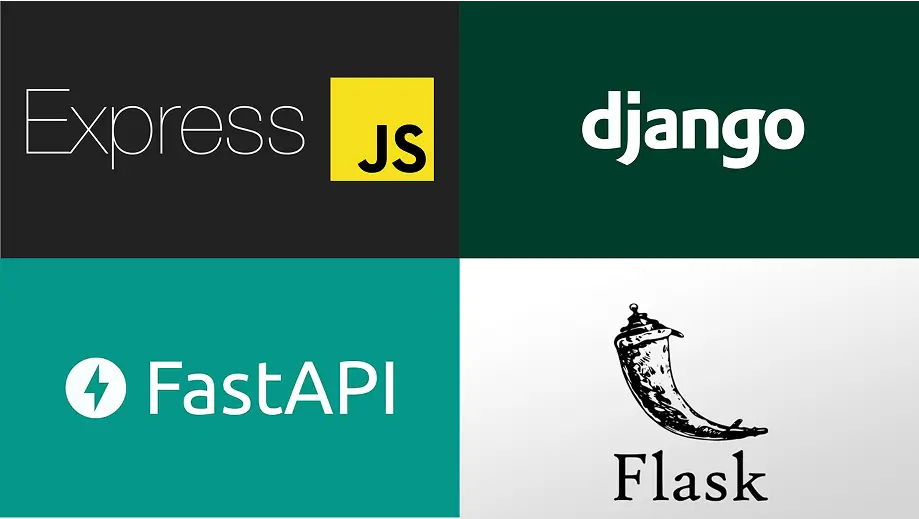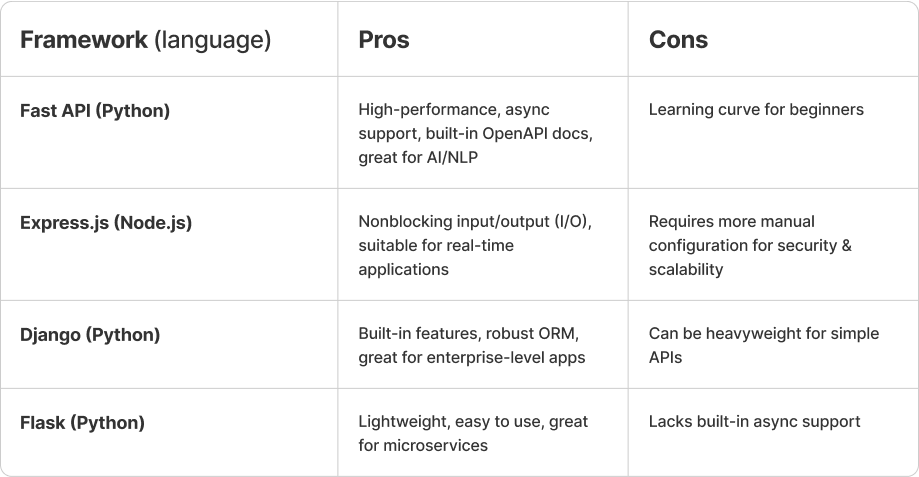
Working in a translation company as a technical team is like being the only engineer on a ship full of sailors. While our linguist colleagues masterfully bridge language barriers, our job is to ensure that the technology supporting their work remains invisible yet indispensable.

At Lexcode, every translation and interpretation service we provide relies on a robust backend system. But here’s the thing: most people never see it. The seamless user experience, the lightning-fast translations, and the automation behind every interaction are all powered by backend frameworks that few outside the tech world ever think about.
Selecting the right backend framework is key to delivering these results. It’s no trivial task. Balancing speed, scalability, and integration capabilities mirrors the delicate process of translation itself.

Imagine this: you’re tasked with building a backend that supports real-time translation requests, integrates with AI-powered natural language processing (NLP) engines, and processes multilingual content across various platforms. Do you just pick a popular framework and roll with it? Not quite. There are many different factors to consider when choosing the backbone of all our products.
Choosing the proper backend framework is like selecting the best translation method—sometimes speed is the priority, while other times accuracy and context-awareness matter more. The framework we chose needs to:
With these factors in mind, we embarked on a journey to find the best backend framework for our needs.

Our team considered multiple backend frameworks, analyzing their strengths and weaknesses based on our specific requirements.

After weighing the options, Fast API emerged as the clear winner for our translation and interpretation services, at least from our team’s perspective.
While Fast API was the best fit to use in our case, we acknowledge that other frameworks (e.g., Django, Flask, or Express.js) have their own strengths and can be just as effective depending on a project’s goals and constraints. Ultimately, the best backend framework is the one that aligns with the specific challenges and objectives of the service.
The reality is that there’s no single “best” backend framework for translation and interpretation. Just as translation depends on context, audience, and purpose, backend development depends on multiple factors like scalability, speed, ease of integration, and project goals.
At Lexcode, our backend doesn’t just support our services—it enhances them, making translations faster, smarter, and more accessible. Behind every seamless user experience is a carefully chosen framework, working tirelessly in the background.
So, the next time you see an instant translation pop up on your screen, remember: there’s a powerful backend making it all happen.
Best Backend Frameworks for Translation & Interpretation